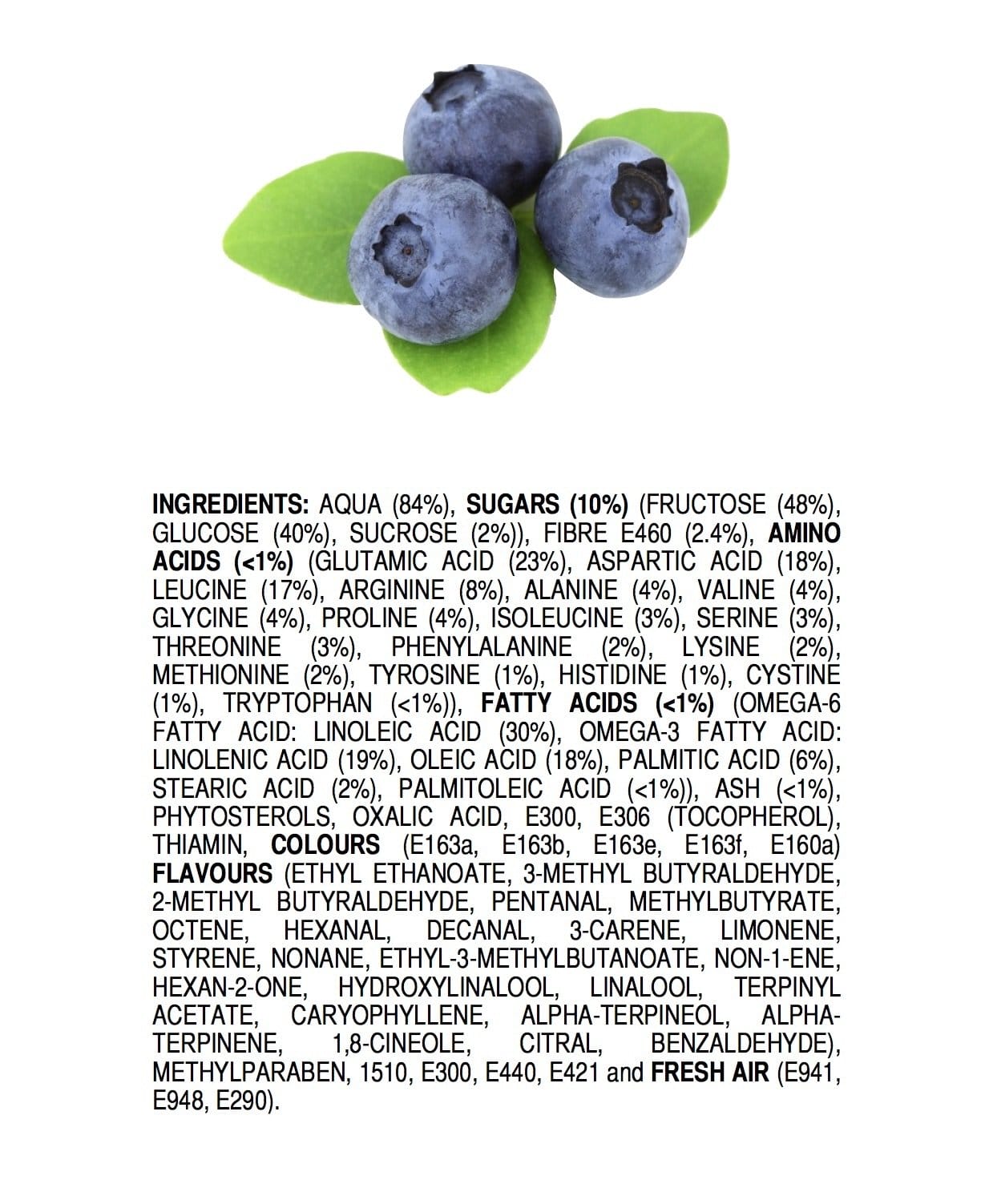In the world of skincare and beauty, you’ve probably seen phrases like “chemical-free” or “free from nasty chemicals” plastered across product labels. It sounds reassuring, right? But here’s the truth: everything is made of chemicals – including water, essential oils, and even the air we breathe!
As someone who makes and sells handmade soap, bath products, and eco-friendly skincare, I believe in transparency. That’s why I never describe my products as “chemical-free” or claim they don’t contain “nasty chemicals”- because both of these phrases are misleading. Read on, and let me explain why these claims don’t hold up, what chemicals actually are, and why a more informed approach to skincare and sustainability matters.
What Is a Chemical
A chemical is simply a substance with a defined composition, whether natural or synthetic. Water (H₂O) is a chemical. So is table salt (NaCl). The scent of a rose? That’s a mix of chemical compounds like citronellol and geraniol.
Even the most natural ingredients you can think of, eg coconut oil, shea butter, or olive oil, are made up of complex chemical structures. Without chemicals, nothing would exist!
Common Ingredients People Think Are “Chemical-Free” (But Aren’t)
• Water (H₂O) – Yep, a chemical!
• Essential oils – Made up of hundreds of natural chemical compounds.
• Shea butter – Contains fatty acids like stearic acid and oleic acid (chemicals)
• Honey – A mix of fructose, glucose and water, plus enzymes (more chemicals)
• Soap – Created through saponification, a reaction between oils and an alkaline solution (again, for those at the back, chemicals!).
So, when a company claims their product is “chemical-free,” what they’re actually saying is… nonsense. It’s an impossible claim that plays on fear, rather than facts.
Why Do Some Brands Use “Chemical-Free” or “No Nasty Chemicals” Claims?
The term “chemical-free” is not scientifically accurate, but it sells products because many people associate “chemicals” with something bad or synthetic. This is a marketing trick known as chemophobia – the fear of chemicals – often fuelled by misleading advertising and misinformation. Just consider these search results that auto-completed when I googled ‘chemical free’:

A 2017 study published in Nature Chemistry found that many consumers assume “natural” means safer, even when that’s not the case. For example, botulinum toxin (botox) is completely natural – but it’s also one of the deadliest substances on Earth. Meanwhile, many synthetic ingredients are rigorously tested and are safer than their “natural” alternatives.
This now-famous graphic of the ‘ingredients’ (ie chemical composition) of a blueberry illustrates the point really well. How many people would avoid blueberries if this was on the label?

(Credit https://jameskennedymonash.wordpress.com/)
The Problem With “Nasty Chemicals”
Another phrase that gets thrown around a lot is “free from nasty chemicals.” But what does that even mean? There’s no scientific definition of a “nasty chemical”, it’s just another fear-based marketing term that implies some chemicals are inherently bad.
The reality? Whether a chemical is “nasty” or not depends on its use, concentration, and context – not whether it’s natural or synthetic.
Examples of “Scary” Chemicals That Are Actually Safe:
• Sodium chloride (table salt) – Essential for life in the right amounts, but dangerous in excess.
• Lactic acid – Naturally found in milk and used in skincare for gentle exfoliation.
• Citric acid – Found in citrus fruits and used to balance pH in skincare.
• Glycerin – A naturally occurring humectant that keeps skin hydrated.
Examples of “Natural” Chemicals That Can Be Harmful:
• Essential oils – Beautiful, but some can cause skin irritation or allergic reactions in high concentrations.
• Lead & arsenic – Both completely natural elements… and toxic to humans.
• Poison ivy oil (urushiol) – 100% natural and guaranteed to cause a rash!
Instead of labeling ingredients as “nasty” just because they sound unfamiliar, it’s far more important to ask:
✔ Is this ingredient safe in the way it’s used?
✔ Is it backed by science?
✔ Does it serve a purpose in the product?
Why I Focus on Science, Not Scare Tactics
Instead of making misleading claims, I believe in honest, informed skincare. Here’s how I approach my products:
✔ I list every ingredient clearly, with no “hidden” formulas.
✔ I choose ingredients based on safety, effectiveness, and sustainability – not just whether they sound “natural.”
✔ I don’t use fear-based marketing. My products are good because they’re well-made, not because I claim they’re “chemical-free.”
Ditching the Fear & Embracing Science
The idea that we need “chemical-free” skincare is a myth. Everything is a chemical, and what really matters is whether an ingredient is safe and beneficial – not whether it’s “natural” or “synthetic.”
So, the next time you see “chemical-free” or “no nasty chemicals” on a label, remember: it’s a marketing gimmick, not a scientific fact. Let’s focus on transparency, sustainability, and well-made products instead!
